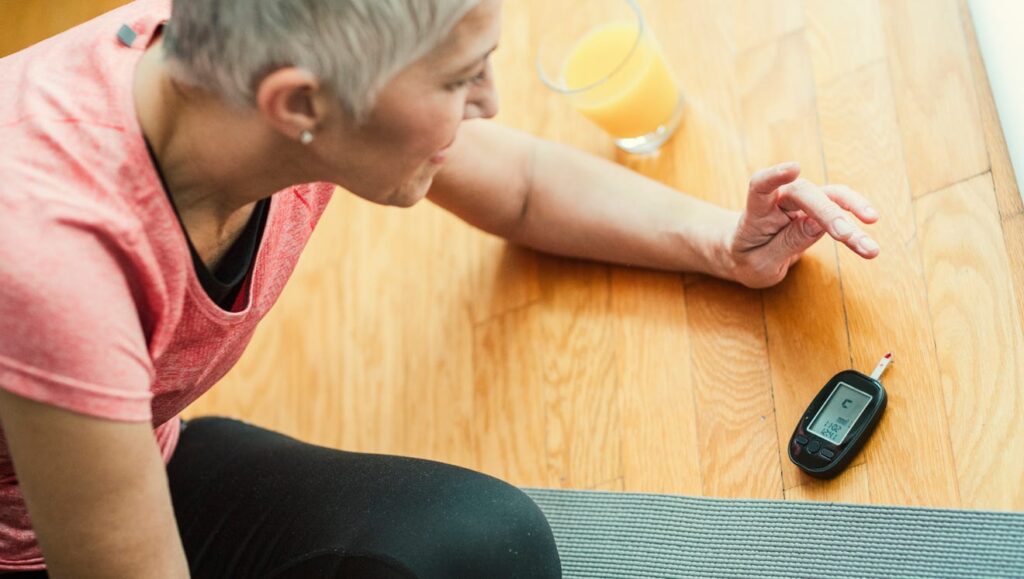Exercising with Diabetes: Best Workouts to Improve Insulin Sensitivity

For individuals living with diabetes, exercise is a powerful tool in managing blood sugar levels and improving overall health. Regular physical activity can significantly enhance insulin sensitivity, making the body more responsive to insulin, a crucial hormone in blood sugar regulation. In this article, we will explore the best workouts for individuals with diabetes to improve insulin sensitivity while incorporating SEO-optimized keywords to ensure valuable information reaches those seeking guidance on managing diabetes through exercise.
- Cardiovascular Exercises for Diabetes Management: Cardiovascular exercises, such as walking, jogging, swimming, and cycling, are highly effective in improving insulin sensitivity. Engaging in moderate-intensity aerobic activities for at least 150 minutes per week can lead to better blood sugar control and overall cardiovascular health.
- High-Intensity Interval Training (HIIT): HIIT workouts involve short bursts of intense exercises followed by brief rest periods. Research shows that HIIT can lead to significant improvements in insulin sensitivity, making it a time-efficient and beneficial option for individuals with diabetes.
- Strength Training for Diabetes: Resistance training, including weightlifting or bodyweight exercises, can boost muscle mass and aid in glucose uptake by muscles. Regular strength training sessions can improve insulin sensitivity and help manage blood sugar levels effectively.
- Yoga for Diabetes Management: Yoga offers a unique combination of physical postures, breathing exercises, and meditation. Practicing yoga regularly can reduce stress levels, which, in turn, improves insulin sensitivity and supports overall diabetes management.
- Pilates for Improved Insulin Sensitivity: Pilates focuses on core strength, flexibility, and balance. This low-impact workout can enhance muscle function and contribute to better insulin sensitivity in individuals with diabetes.
- Water Aerobics for Diabetes: Water aerobics is a joint-friendly exercise performed in a pool. The water’s buoyancy reduces impact on joints while providing an effective cardiovascular workout, which can aid in managing blood sugar levels and promoting insulin sensitivity.
- Cycling for Better Blood Sugar Control: Cycling, whether on a stationary bike or outdoors, is an excellent way to engage large muscle groups and improve insulin sensitivity. It offers a low-impact option for individuals with diabetes to stay active and healthy.
- Tai Chi for Stress Reduction: Tai Chi is a gentle, meditative exercise that combines slow movements and deep breathing. Practicing Tai Chi regularly can reduce stress and positively impact insulin sensitivity, making it a valuable addition to a diabetes management plan.
- Zumba and Dance Workouts: Dance-based workouts, like Zumba, are fun and engaging forms of exercise that promote cardiovascular health and may help improve insulin sensitivity. Dancing is a great way to stay active and enjoy physical activity while managing diabetes.
- Hiking in Nature: Hiking is an excellent outdoor activity that combines cardiovascular exercise with the mental benefits of being in nature. Regular hikes can enhance insulin sensitivity and contribute to overall well-being for individuals with diabetes.
Conclusion: Regular exercise is a fundamental aspect of diabetes management, offering a range of physical and mental health benefits. From cardiovascular workouts to strength training and mind-body exercises like yoga, there are various workouts suitable for individuals with diabetes to improve insulin sensitivity. By incorporating these exercises into a well-rounded fitness routine and staying consistent, individuals with diabetes can effectively manage blood sugar levels and enjoy improved overall health.





